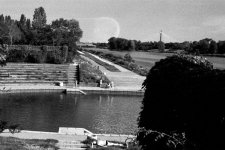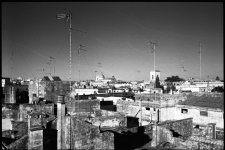BobBill
Established
More two cents...your marks are likely organics in water imbedded in film...pick your fix...
Maybe, instead of buying distilled...or using soap etc, buy a water filter on line...for a couple dollars US, you can buy a filter that will purify water for a fam of 4 for a year...I use to take egg or iron taste from well water, plus...have a box...called GAX or something like that...cheap. Brita is a no better and you pay for their merchandising hustle...even if tax deduct...life is good.
Maybe, instead of buying distilled...or using soap etc, buy a water filter on line...for a couple dollars US, you can buy a filter that will purify water for a fam of 4 for a year...I use to take egg or iron taste from well water, plus...have a box...called GAX or something like that...cheap. Brita is a no better and you pay for their merchandising hustle...even if tax deduct...life is good.



